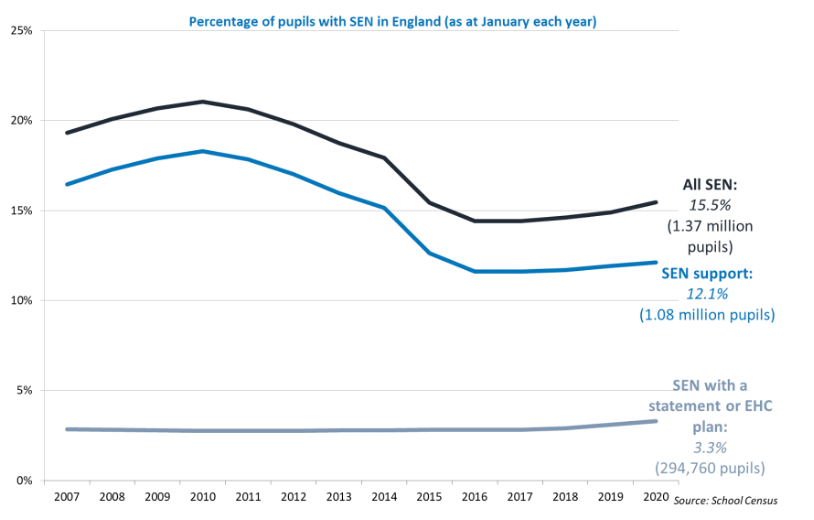
New CEN paper: Foreign language provision in English primary schools: making evidence-based pedagogical choices
Dr Sue Whiting and Prof. Chloë Marshall from the CEN have published a new paper in the journal Frontiers in Education. The paper aims to arm education professionals with a critical awareness of the (lack of) evidence supporting the bilingual advantage and innovative foreign language taster courses, to help them make evidence-based decisions regarding how to teach foreign languages in primary schools.
Here, lead author Sue Whiting discusses why certain widely held beliefs (e.g. that learning a second language confers an academic advantage, and that the younger-the-better maxim for naturalistic language learning is valid in classroom settings) are tempting some schools to explore unproven ways of teaching languages to 3-11 year olds.
Is foreign-language learning working?
Fluency in more than one language is clearly an advantage in our modern global age of multicultural societies. However, foreign language learning appears to be in crisis in countries where the majority of the population are English monolinguals, i.e., in Anglophone contexts. This has been attributed to the dominance of English as a global language giving rise to the perception that native English speakers do not need to learn other languages (Lanvers et al., 2021).
Despite a recent government initiative in England (Department for Education (DfE), 2013) to introduce foreign language teaching for one hour a week for Years 3-6 (Key Stage 2; KS2), a motivational crisis appears to start from about 11 years of age, once pupils enter secondary school (Lanvers & Martin, 2021): many pupils perceive learning a foreign language to be irrelevant, boring, difficult, and that ‘English is enough’ (Lanvers et al., 2021).
Does bilingualism itself help cognition?
In addition to any obvious personal, social, cultural and economic benefits of being fluent in two or more languages, there are also controversial claims that a ‘bilingual advantage’ leads to improved academic outcomes (Bialystok et al., 2009). This advantage purportedly arises when the skills that are acquired in coordinating two languages transfer to other, non-linguistic, mental processes relevant to learning in school and thereby improve educational outcomes. The research substantiating these claims, though, is mixed with generally only earlier studies, which usually involved only a small number of participants, revealing benefits (Duñabeitia & Carreiras, 2015; Paap et al., 2015, 2019; Van den Noort et al., 2019): lack of replicability is a particular issue (e.g., Bialystok & Martin, 2004; Shokrkon & Nicoladis, 2021).
The ‘bilingual advantage’ is not a robust effect
Many authors now consider that any bilingual advantage occurs only in ‘very specific and undetermined circumstances’ (Paap et al., 2015) and, in relation to academic performance, is likely to be a neuromyth (CEN, 2023). Furthermore, any benefit is likely to entail regularly engaging with the second language rather than experiencing it for just an hour a week in an artificial, classroom environment with little or no out-of-school exposure.
Beware the sales pitch
Nevertheless some language resource websites are targeting schools and caregivers with aggressive marketing of their products, by suggesting that all children learning foreign languages will gain such wide-reaching, general cognitive benefits in all circumstances. Some of the sale pitches appeal to notions of the brain (such as left-brain versus right-brain learning) that have been identified by other authors to be neuromyths (CEN, n.d.). Furthermore, claims far exceed what the current evidence shows, often citing newspapers’ headline catching articles or online articles written by non-specialists.
Against the backdrop of the disappointing results from the current KS2 Foreign Languages policy, such bilingual advantage claims are encouraging some schools not governed by KS2 regulations, i.e., state schools [Early Years to Year 2 (3–7 years of age)] and independent schools (3–11 years of age) to explore unproven ways of teaching foreign languages so their pupils may enjoy enhanced cognitive ability and academic success.
Here’s what doesn’t work
One unproven, and previously discredited, idea resurrected from the 1980s, albeit with older children, is that of schools giving young children a superficial exposure to multiple foreign languages in the belief that they will become natural linguists with native-like speech in numerous foreign languages. This is despite a lack of evidence from either research into a younger-the-better advantage for classroom language learning (Lightbown & Spada, 2020; Mitchell & Myles, 2019; Myles, 2017) or from language awareness research that superficial exposure to multiple languages would support learning (HMI, 1990, para. 66).
There are huge challenges in transferring the rich, immersive, native-language learning environment, where young children learn by ‘doing’ along with access to many hours a day of high-quality input from multiple social interactions, to the formal foreign language learning primary school classroom that typically provides just one hour of exposure each week. The arguments against providing a shallow exposure of several languages are as valid today as in 1990 when the HMI Language Courses Report concluded that ‘short, watered down, fragmented and thin experiences in too many languages’ provided ‘an utterly inadequate base for mastering practical communication skills in any one language and developing proficiency therein’. Then, as now, a policy of continuous exposure to just one foreign language is considered to be superior.
How to judge a good method for teaching foreign languages
We end our paper by recommending that schools should be extremely wary of being persuaded to be the first school to try something innovative when it is sold as being ‘ahead of the game’, or to take part in a research project for which they have to pay. We provide some objective criteria to help schools, from early years settings to the end of primary, to judge the efficacy of unproven methods of teaching foreign languages (or, indeed, other subjects) before adopting them. Here are our top five recommendations:
- Remember, a product sold as ‘ahead of the game’ often means untried and untested
- Approach other schools already using the innovative protocol to establish what quantifiable outcomes can be reasonably expected
- Check the credentials and qualifications of the person making the proposal. Has the Education Endowment Foundation evaluated the proposed pedagogic approach?
- If the innovative scheme is sold as a ‘research project’ then it would have been approved by the relevant university’s Ethics Committee. External funding will usually be available, too, in which case there should be no costs to the school in the form of expenses or for consultancy fees.
- Schools should consult with, and request approval from, their board of governors. The Primary Languages Policy white paper recommends developing ‘effective partnerships between head teachers and governors’ (Holmes & Myles, 2019, p. 13, p. 16). Boards often have the diverse experience to properly interrogate innovate schemes for educational provision.
References
Bialystok, E., Craik, F. I. M., Green, D. W., & Gollan, T. H. (2009). Bilingual Minds. Psychological Science in the Public Interest, 10(3), 89–129. https://doi.org/10.1177/1529100610387084
CEN, (2023). Learning two languages gives an advantage at school | Centre for Educational Neuroscience
CEN, (n.d.). Left brain versus right brain thinkers | Centre for Educational Neuroscience
Department for Education (DfE) (2013). Languages programmes of study: key stage 2 National curriculum in England. Available here (Accessed July 15, 2023).
Duñabeitia, J. A., & Carreiras, M. (2015). The bilingual advantage: acta est fabula? Cortex, 73, 371-372. doi:10.1016/j.cortex.2015.06.009
HMI (1990). A survey of language awareness and foreign language taster courses. Her Majesty’s Stationery Office 1990. Available here (Accessed July 15, 2023)
Lanvers, U., & Martin, C. (2021). Choosing language options at secondary school in England. In U. Lanvers, A. S. Thompson, & M. East (Eds.), Language Learning in Anglophone Countries (pp. 89–115). Palgrave Macmillan. https://doi.org/https://doi.org/10.1007/978-3-030-56654-8
Lanvers, U., Thompson, A. S., & East, M. (2021). Introduction: is language learning in Anglophone countries in crisis? In U. Lanvers, A. S. Thompson, & M. East (Eds.), Language Learning in Anglophone Countries (pp. 1–13). Palgrave Macmillan. https://doi.org/https://doi.org/10.1007/978-3-030-56654-8
Lightbown, P. M., & Spada, N. (2020). Teaching and learning L2 in the classroom: it’s about time. Language Teaching, 53, 422–432. https://doi.org/10.1017/S0261444819000454
Mitchell, R., & Myles, F. (2019). Learning French in the UK setting: policy, classroom engagement and attainable learning outcomes. Apples Journal of Applied Language Studies, 13(1), pp. 69–93. https://doi.org/10.17011/apples/urn.201903011690
Myles, F. (2017). Learning foreign languages in primary schools: is younger better? Languages, Society & Policy, 1(1), 1–8. https://doi.org/10.17863/CAM.9806
Noort, M. Van Den, Struys, E., Bosch, P., Jaswetz, L., Perriard, B., Yeo, S., … Lim, S. (2019). Does the bilingual advantage in cognitive control exist and if so, what are its modulating factors? Behavioral Sciences, 9(27), 1–30. https://doi.org/10.3390/bs9030027
Paap, K. R., Johnson, H. A., & Sawi, O. (2015). Bilingual advantages in executive functioning either do not exist or are restricted to very specific and undetermined circumstances. Cortex, 69, 265–278. https://doi.org/10.1016/j.cortex.2015.04.014
Paap, K. R., Schwieter, J., & Paradis, M. (2019). The bilingual advantage debate: quantity and quality of the evidence. In J. W. Schwieter (Ed.), The handbook of the neuroscience of multilingualism (pp. 701–735). London:Wiley-Blackwell. https://doi.org/10.1002/9781119387725.ch34
Shokrkon, A., & Nicoladis, E. (2021). Absence of a bilingual cognitive flexibility advantage: a replication study in preschoolers. PLoS ONE, 16(8), 14–18. https://doi.org/10.1371/journal.pone.0255157
Van den Noort,M., Struys, E., Bosch, P., Jaswetz, L., Perriard, B., Yeo, S., … Lim, S. (2019). Does the bilingual advantage in cognitive control exist and if so, what are its modulating factors? Behavioral Sciences, 9(27), 1–30. https://doi.org/10.3390/bs9030027
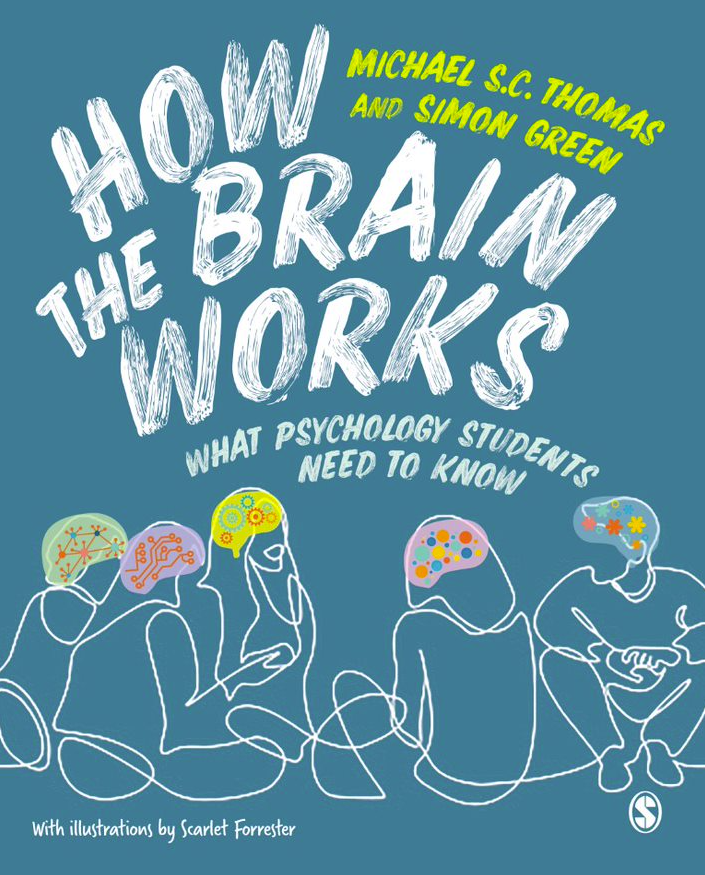


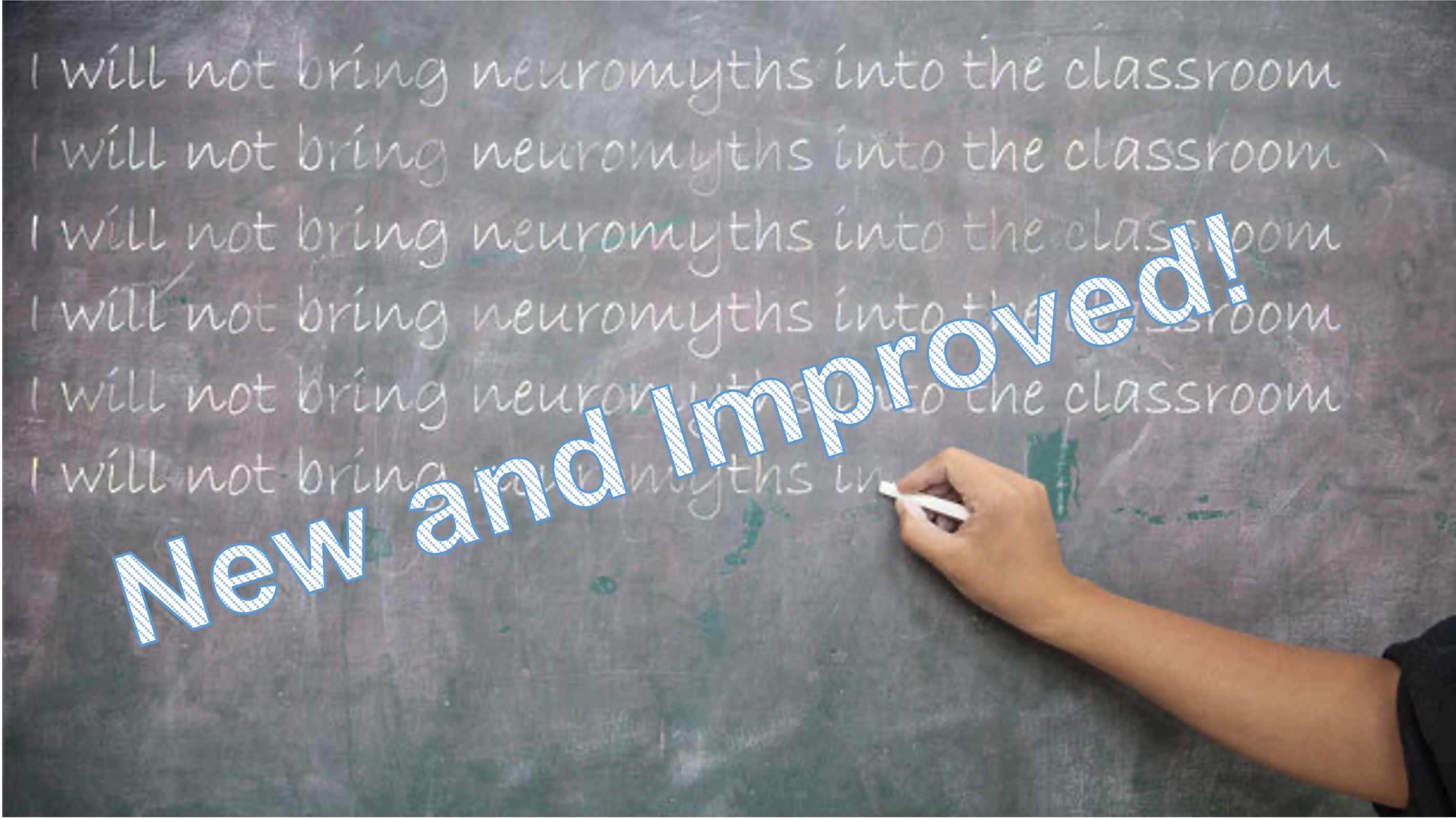
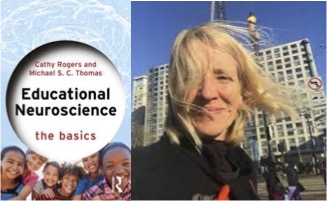

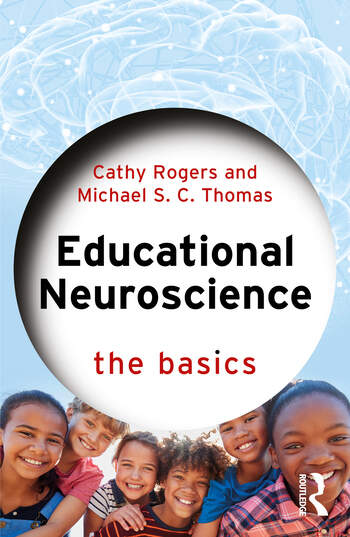 Aimed at teachers, parents, and the general public, our new book Educational Neuroscience: The Basics explains how the brain works and its priorities for learning. It shows how educational neuroscience, when combined with existing knowledge of human and social psychology, and with teacher expertise, can improve outcomes for students.
Aimed at teachers, parents, and the general public, our new book Educational Neuroscience: The Basics explains how the brain works and its priorities for learning. It shows how educational neuroscience, when combined with existing knowledge of human and social psychology, and with teacher expertise, can improve outcomes for students.


